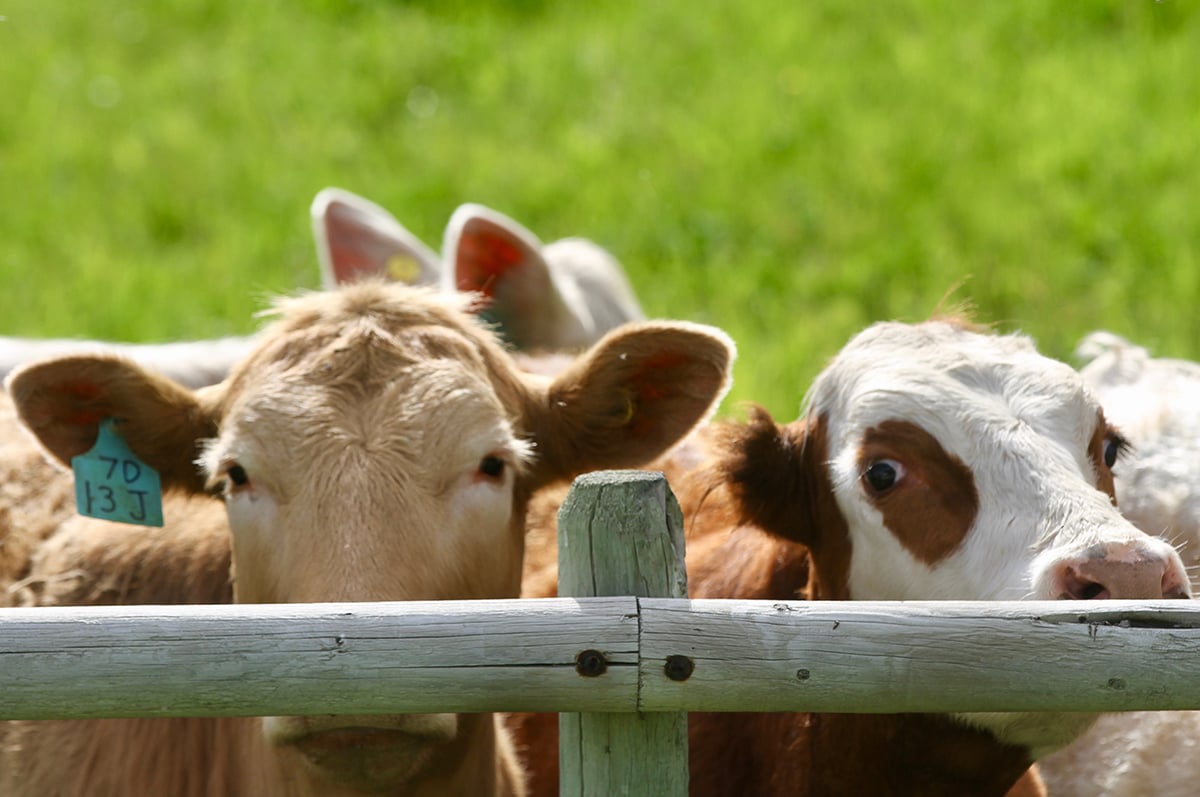Ongoing research into beef cattle transportation shows that most animals arrive in good shape after travelling long distances.
“The majority of the animals arrived OK and they stayed healthy,” said Christy Goldhawk, a PhD candidate at the University of Calgary’s veterinary faculty.
Her work is part of a larger study led by Agriculture Canada researcher Karen Schwartzkopf-Genswein.
Researchers are still analyzing data from three trials of one to three years duration. Understanding the effects on cattle could help write new transportation regulations and improved codes of practice suitable for Canadian conditions.
Read Also

Feeder market consolidates at historic highs
For the week ending Sept. 6, Western Canadian feeder cattle markets were relatively unchanged compared to seven days earlier.
Goldhawk’s work focused on what happens inside the trailers that move calves and feeders to feedlots and cull cows to slaughter. They also assessed the health records of calves and feeders 30 days after they travelled.
Research found that 14 percent of calves and one percent of the feeders were treated for disease. The most common problem was bovine respiratory disease, but weight loss was also noted.
“Research has found when you transport cattle, it increases the risk of illness and stress in cattle,” Goldhawk told the University of Calgary’s veterinary conference held June 20-21.
Sensors about the size of a nickel were installed throughout the inside of trailers to monitor temperature and relative humidity. The information was logged every minute. The cattle also had sensors in ear tags to measure their temperature and humidity.
Cattle are shipped in all kinds of weather, and the sensors showed inside temperatures were two to three degrees warmer than outside.
Cattle were observed at loading and unloading, and drivers kept records on the condition of the cattle, age of the vehicle and type of trailers.
Truckers also had a GPS unit to know where they were, how fast they travelled and if there were delays.
Researchers also checked the space provided in the back, doghouse, middle parts of the belly and the deck areas of the trailers, but did not look at the front compartment.
They found that feeders weighing 750 to 900 pounds were often overstocked in the two middle compartments of the trailer at rates of .79 to 1.09 sq. metres per animal. The animals had an average trip of 18 hours because many were shipped to the United States.
The potential for stress increased for animals in this category because U.S. Department of Agriculture rules require animals to be unloaded at the border for inspection. They may be at the border for 30 minutes to overnight.
Smaller animals weighing 500 to 700 lb. had up to a metre of space each and the trip lasted four to seven hours.
Drivers were also asked to evaluate conditions and all reported the animals were in good condition at loading and unloading. However, researchers knew of at least one animal that was down at arrival.
“There might be some under reporting of poor conditions of animals when you ask drivers to report that,” she said.
The market cow study looked at 17 loads that all came from the same sales point, and all were destined for the same slaughter facility during the winter.
All were beef cows and had a 12 hour trip. Results are still being evaluated because there are some concerns about moving older animals and their ability to withstand the trip.














